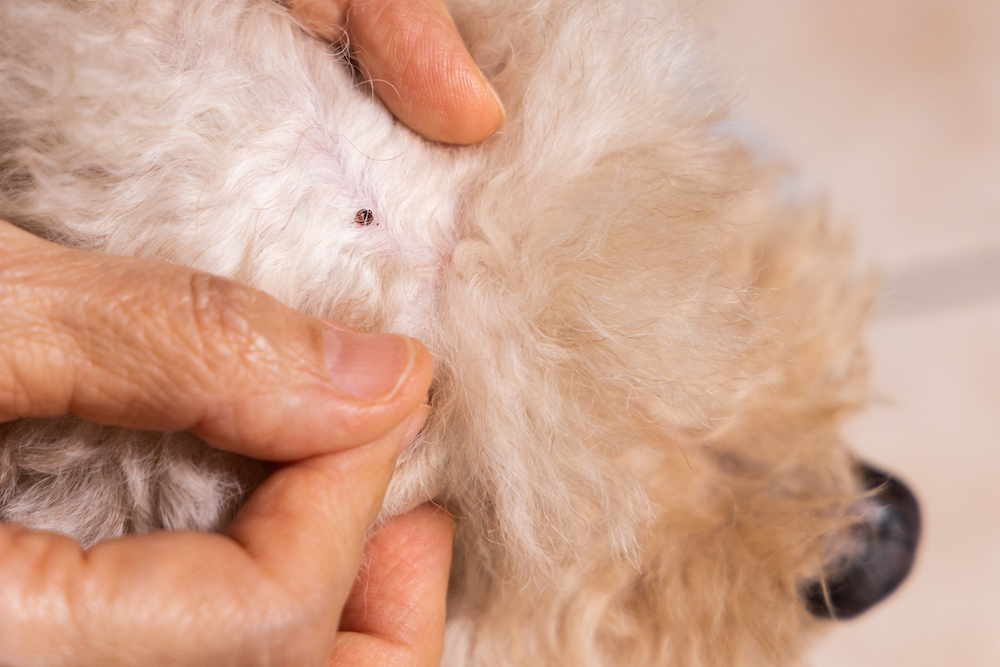Help! My cat is scratching the couch!
Dr. Hillary Segl

How do you get your cat to scratch on something that is “ok”? We get that question every day. Scratching behavior in cats is normal. They do it for several reasons; removing old claw sheaths, scenting an area, and stretching are all part of it. To get kitty to use the right item, you have to understand the behavior.
First, claws: declawing cats is traumatic and not recommended. It involves cutting off the first bone of each toe, and is painful (to say the least). Cats grow toenails differently from dogs. They make a series of “sheaths”- a replaceable toenail. If you find a sharp V-shaped piece of nail on the floor, that is a claw sheath. When scratching, cats aren’t really sharpening the old nail, they are removing the old dull sheath to reveal the newer, sharp nail.
Next, scenting: especially in multi-cat homes, cats use different parts of their body to scent items. The paw pads have some scenting glands and when scratching the cats will leave a bit of this odor behind, “marking” the item as part of their territory. It’s not anything humans can smell, but it does clue other cats that this is an item to scratch on.
Last, stretching: if you have ever seen a cat dig its claws into something then lean back, you know about this. Anchoring claws into a stable chair and pulling down is a great way to stretch the spine and shoulders. It’s just really hard on the furniture!! Now you know about the behavior, here’s how to use that knowledge. To get the cats to use an appropriate item, e.g. a scratching post or pad, watch the cat. All cats are going to scratch, even declawed ones, so give them an OK spot to use. The kitty will prefer certain things: texture, orientation, and placement are all key. Cats love a certain texture to scratch on but it varies. Some like carpet, some like sisal rope wrapped posts, some like cardboard, etc. Note what the cat prefers and try to find that surface on a scratching pad. You can try out different textures by buying small pads or scratching items and lining them up for kitty to “test drive”. The same rule applies to the orientation of the scratcher. Some cats are vertical scratchers, some like horizontal stuff, some like a slanted pad. Many cats will use any orientation, as long as they like the texture and can dig into it. Lastly placement of the scratcher- if you want the cat to use it, make it convenient. Putting a good scratching post near the item of furniture that is being scratched is a great start, then you can move it once kitty uses it consistently. Most cats love a cat tree near a window so they can perch and look outdoors. Smaller cat scratchers can be put near their favorite pathways or close to a litter pan. My cats often leap out of the litterbox and head right over to a scratch pad to “clean” their feet off.
If you buy a vertical post or cat tree, make sure it’s stable and sturdy. You do not want to have it fall on the cat first time it is used- they’ll never touch it again. Many trees have carpeting on them to pad the perches, and rope or burlap wrapping the posts. Some have natural wood posts with or without the bark on. For posts or trees, be sure it is tall enough for the cat to stretch up to his or her full height standing on the rear legs. If you own a really big kitty, you will need a very tall post. Scratching pads come in an infinite number of sizes, shapes and materials. Popular choices are cardboard stacked “on end”, woven-twine pads, carpeting, and other rough textured cloth-type items. Some cats love sisal carpet squares or woven grass doormats. To get the cat to use it you can dangle a favorite toy in front of it till the cat swats at the post, or gently stroke the paws down the post to help start scenting it. Some folks recommend rubbing catnip on the scratcher to attract the cat. Once you see the cat using the right item, praise it and occasionally give a small food reward too.





